T.C. Moore, X. Tang, H.E. Brown [<heidibrown@arizona.edu>] Vector-Borne and Zoonotic Diseases https://doi.org/10.1089/vbz.2024.0072
Abstract
Background: Entomological surveillance indices are used to estimate the risk of West Nile virus transmission. To determine when and where to initiate mosquito control activities, integrated vector management programs establish action thresholds based on entomological surveillance indices. Herein, we examine the evidence from studies that investigated the quantitative relationship between entomological surveillance indices and human WNV cases using systematic review methods. Results: Across three databases, 5378 articles were identified. Using the selection criteria, 38 studies were included for study. Most articles explored entomological indices weekly and devised unique geographic scales to aggregate human and/or mosquito data. The most used models were logistic and negative binomial regression. Maximum likelihood estimates (MLEs) and vector index (VI) demonstrated the greatest ratio of number of positive results to number of times tested. Among all selected articles, 35 unique U.S. locations assessed MLE and/or VI. Human WNV infection had a significant association with MLE across 81.25% (13/16) of locations. VI showed successful performance across 80.00% (24/30) sites tested.
Conclusions:
This systematic review identifies methods for quantifying relationships between entomological and human WNV infection data. We found entomological surveillance indices applied to human WNV risk should include a measure of virus presence, such as MLE and VI. Model type and covariates were too variable to identify geographic or species-specific trends, though, when tested, including temperature, land cover, population density, and time improved the model. This study is meant to be informative and designed to assist public health agencies in seasonal WNV preparations but are not meant to be a panacea for all WNV surveillance challenges.
